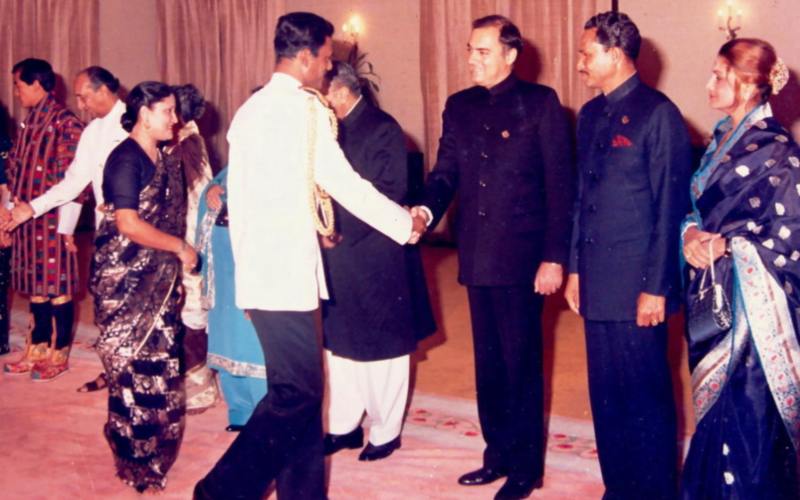European Union Formation
The historical treaties leading towards formation & consolidation of European Union
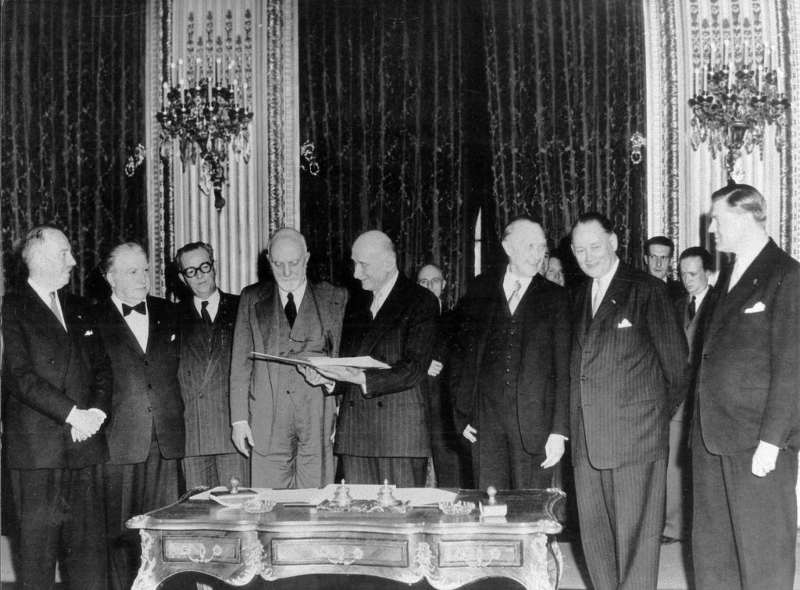
Belgium, Germany, France, Italy, Luxembourg & Netherlands signed the 1951 ECSC treaty in Paris

Belgium, Germany, France, Italy, Luxembourg & Netherlands signing EEC 1957 Rome Treaty in Italy
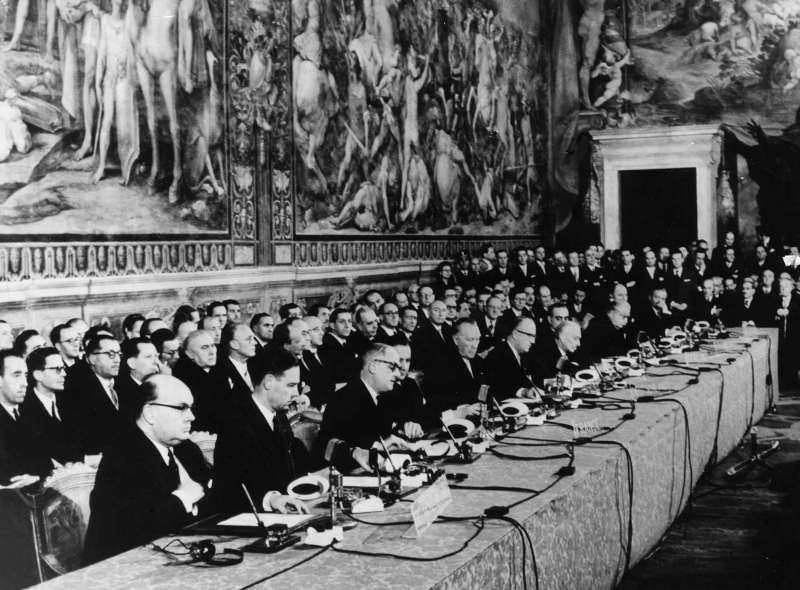
Signing of the Maastricht Treaty (7 February 1992) by 12 EU member states in Netherlands
Formation of The North Atlantic Treaty Organization (NATO)
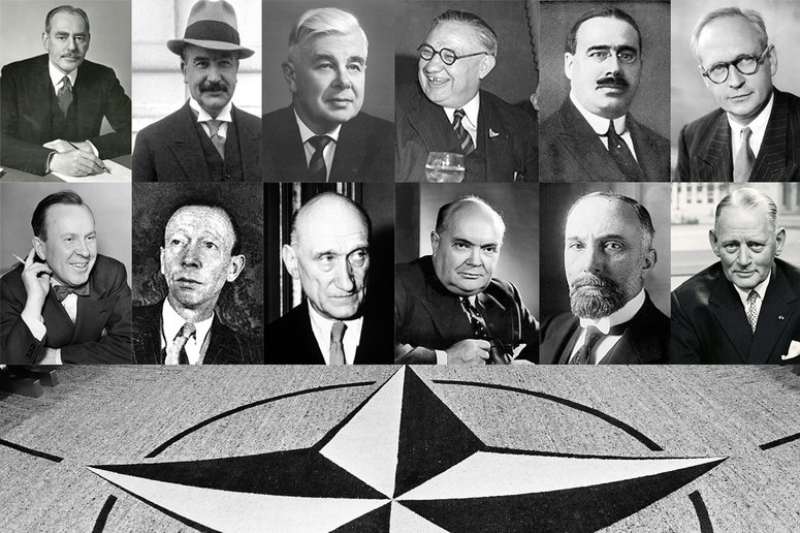
12 country representatives who signed the NATO Treaty on 4 April 1949 on behalf of founding members of alliance

Belgium, Canada, Denmark, France, Iceland, Italy, Luxembourg, Netherlands, Norway, Portugal, UK & USA representatives signing the NATO founding treaty on 4th April 1949 at Washington, USA.
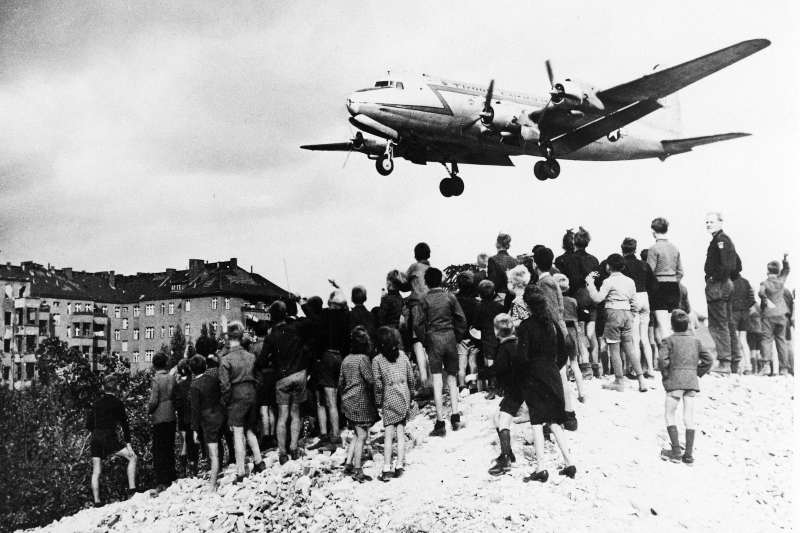
From June 1948 to May 1949, world experienced one of first crises of Cold War Period – Berlin Blockade

NATO Founding Treaty
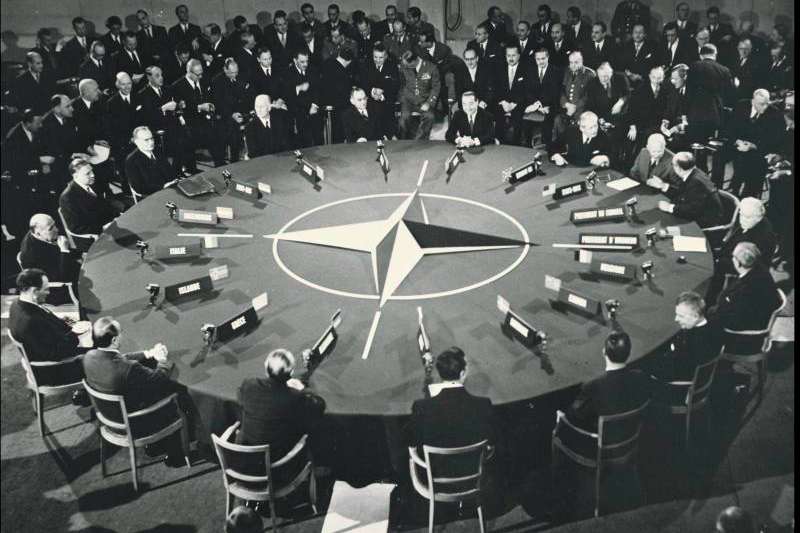
NATO leaders
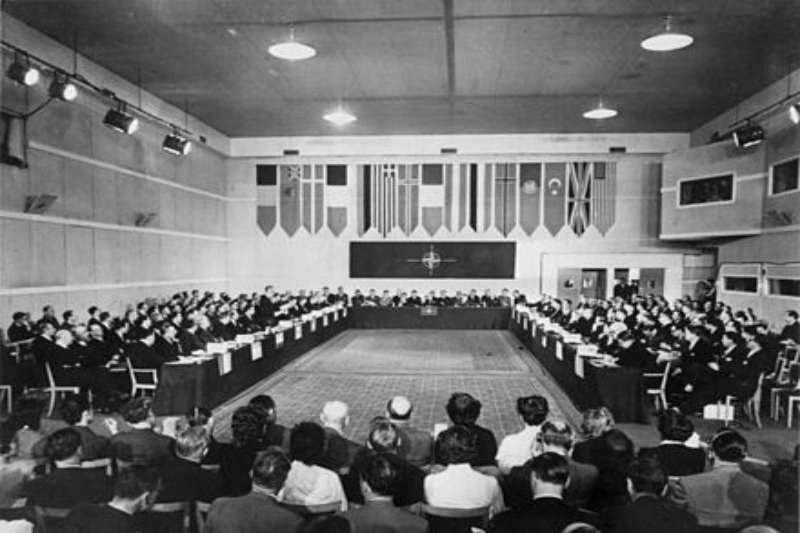
West Germany joined NATO in 1955, which led to the formation of the rival Warsaw Pact during Cold War
Formation of The United Nations (UN)
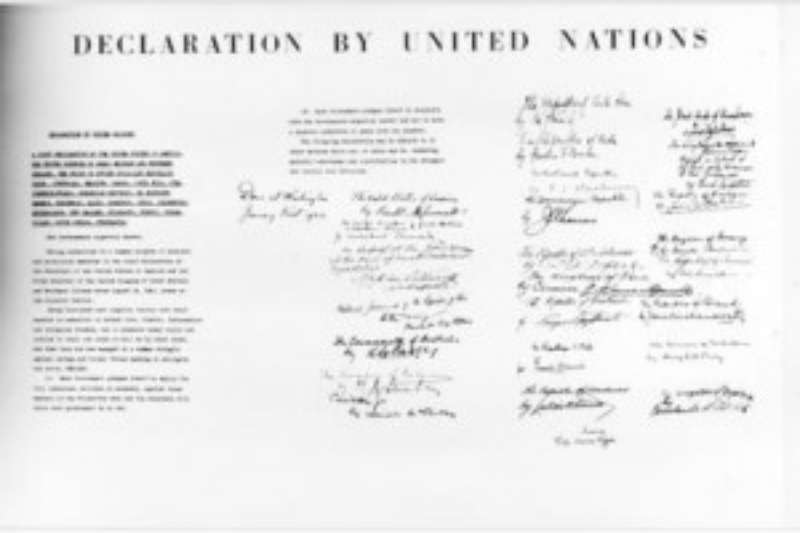
1942: The Declaration by United Nations issued in Washington, DC, on 01 January 1942
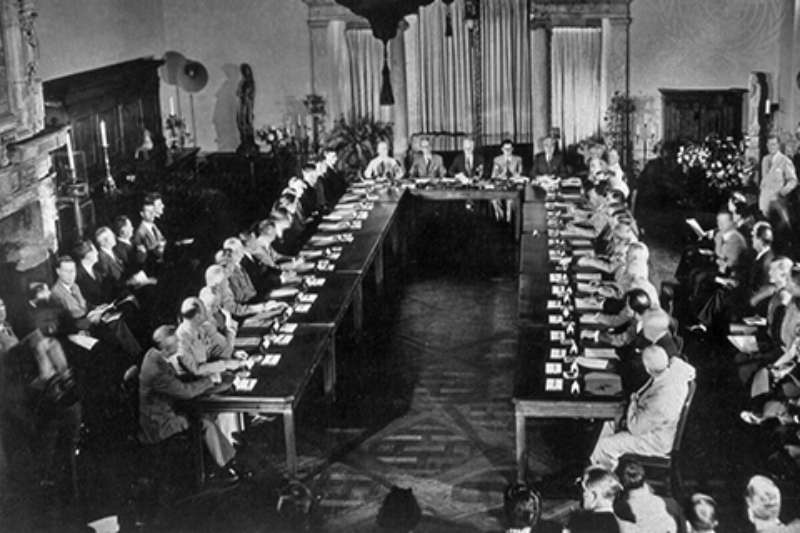
1944: Dumbarton Oaks conference at the Dumbarton Oaks Estate in Washington, DC, on 21 August 1944
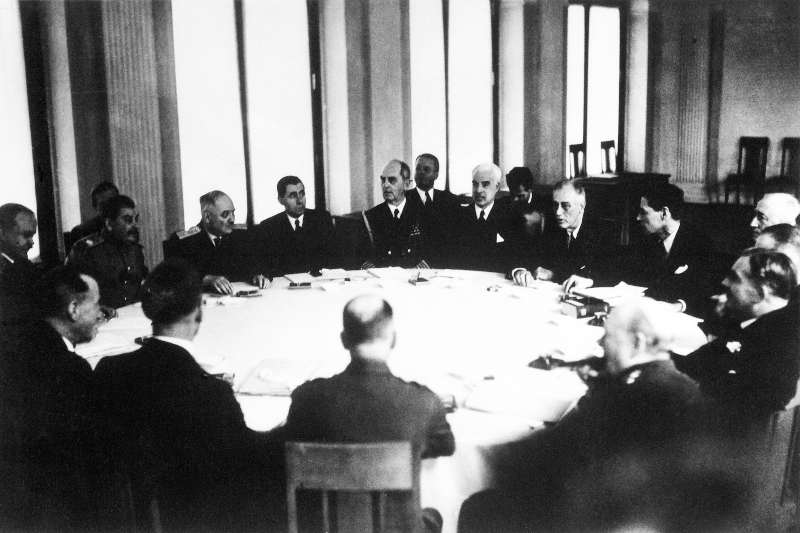
February 1945 : Yalta Conference on 11 February 1945 to establish "a general international organization to maintain peace and security"
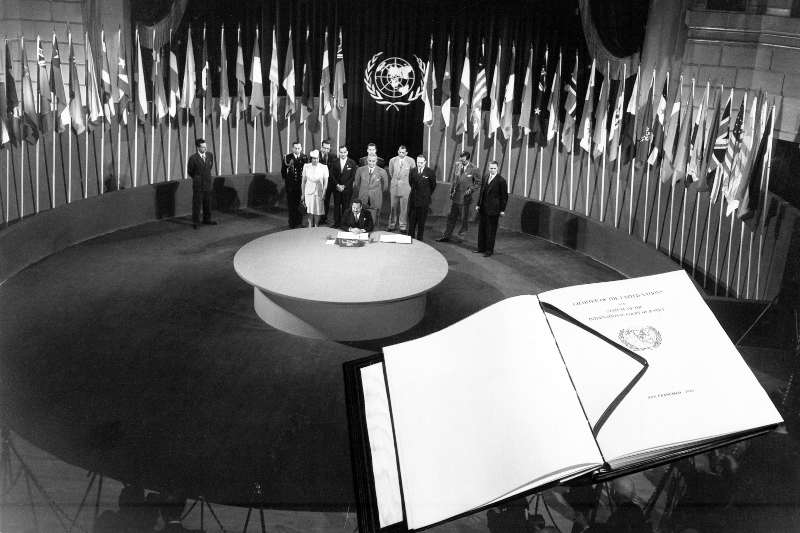
April 1945 : San Francisco Conference on 25 April 1945, where delegates of 50 nations met and drew up the 111-article UN Charter
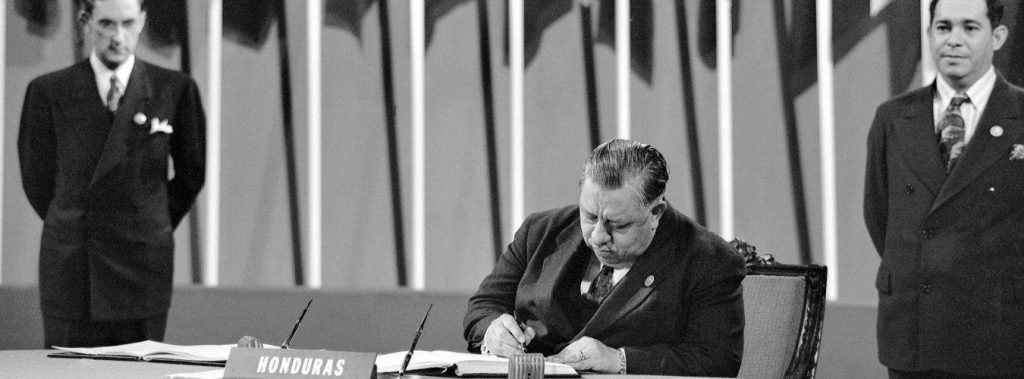
June 1945 : Signing the United Nations Charter by USA Ambassador Julian R. Caceres, in San Francisco, California, USA, on 26 June 1945
Cold War between USA & former USSR
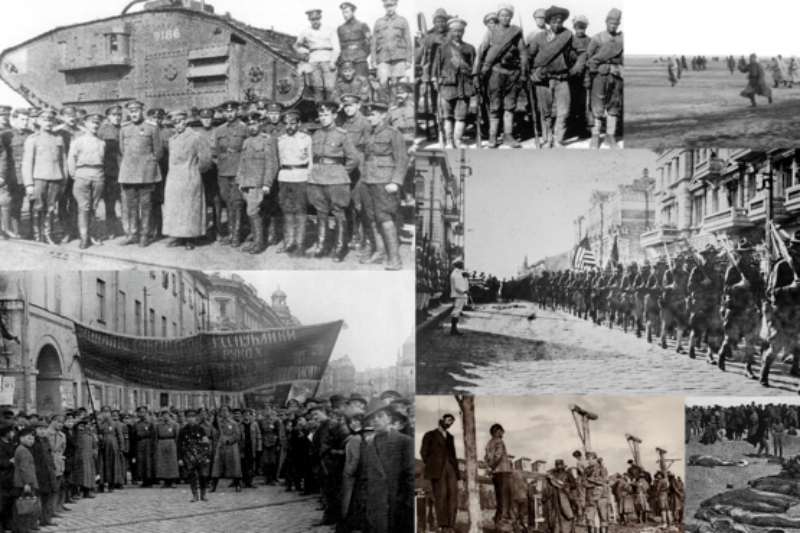
Russian Civil War 1917-1922 (Intervention by Western Allied Powers)
Soldiers of the Don Army, Soldiers of the Siberian Army, Suppression of the Kronstadt rebellion, American troop in Vladivostok during the intervention, Victims of the Red Terror in Crimea, Hanging of workers in Yekaterinoslav by the Austrians, A review of Red Army troops in Moscow.
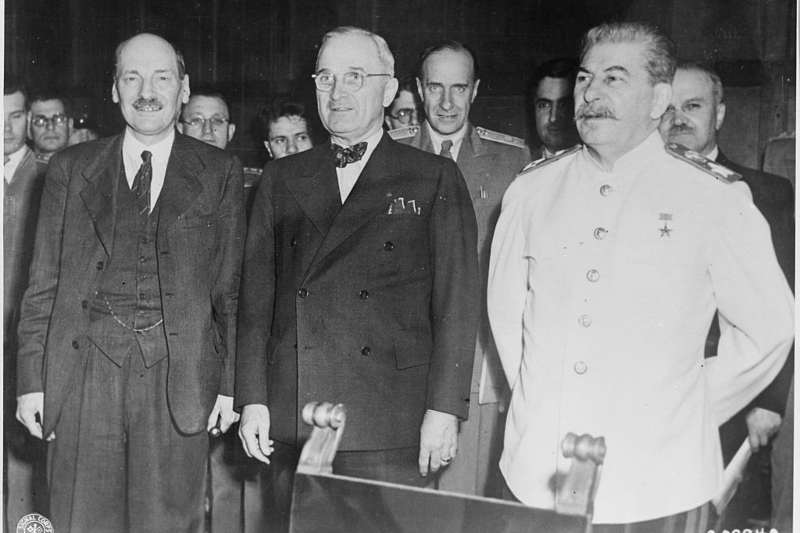
Potsdam Conference, 1945
Clement Attlee, Harry S. Truman and Joseph Stalin at the Potsdam Conference, 1945
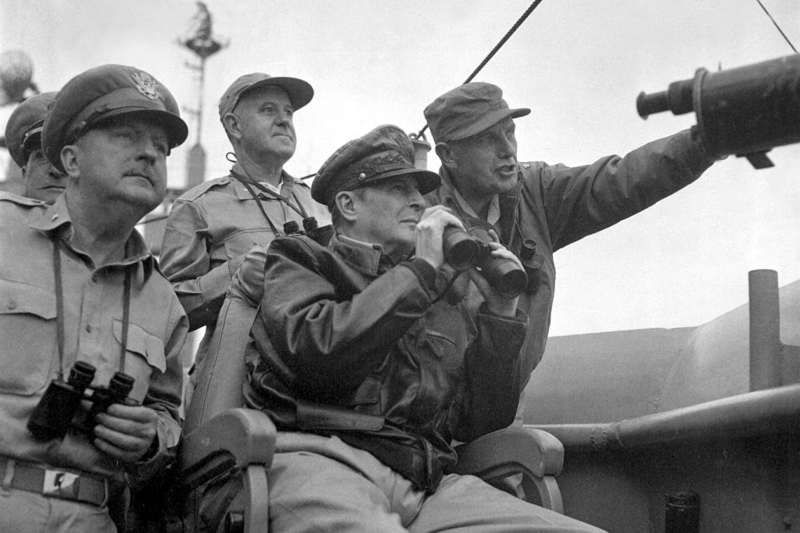
Yalta Conference 1945
British Prime Minister Winston Churchill, U.S. President Franklin Roosevelt and Soviet leader Joseph Stalin met at Yalta in February 1945 to discuss their joint occupation of Germany and plans for postwar Europe. Behind them stand, from the left, Field Marshal Sir Alan Brooke, Fleet Admiral, Ernest King, Fleet Admiral, William D. Leahy, General of the Army, George Marshall, Major General Laurence S. Kuter, General Aleksei Antonov, Vice Admiral Stepan Kucherov, and Admiral of the Fleet Nikolay Kuznetsov.
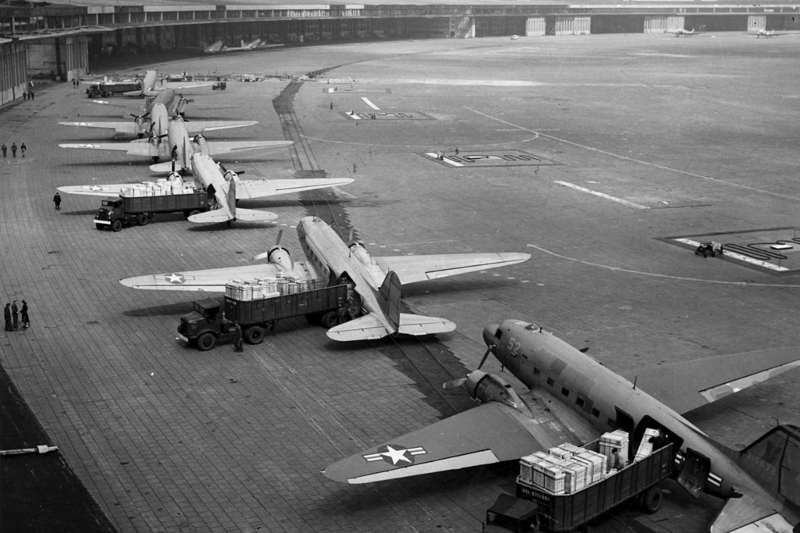
Post-war Allied occupation zones in German 1945
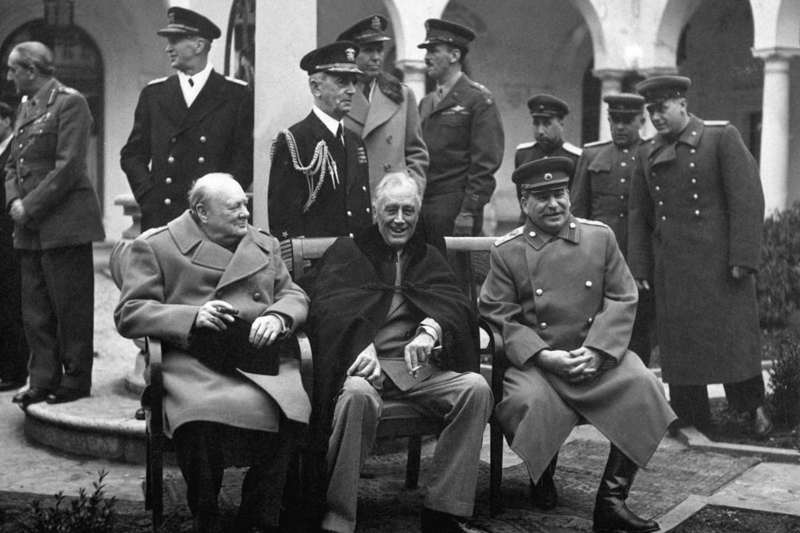
Marshall Plan 1948 - The labeling used on Marshall Plan aid to Western Europe
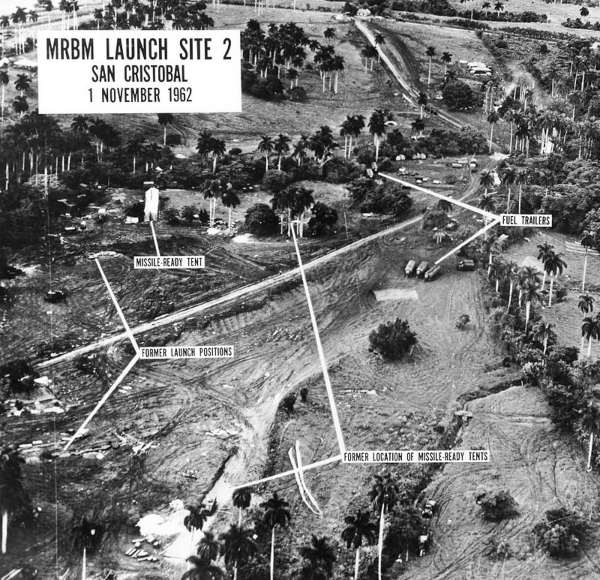
Berlin Blockade 1948-49 - C-47s unloading at Tempelhof Airport in Berlin, Germany
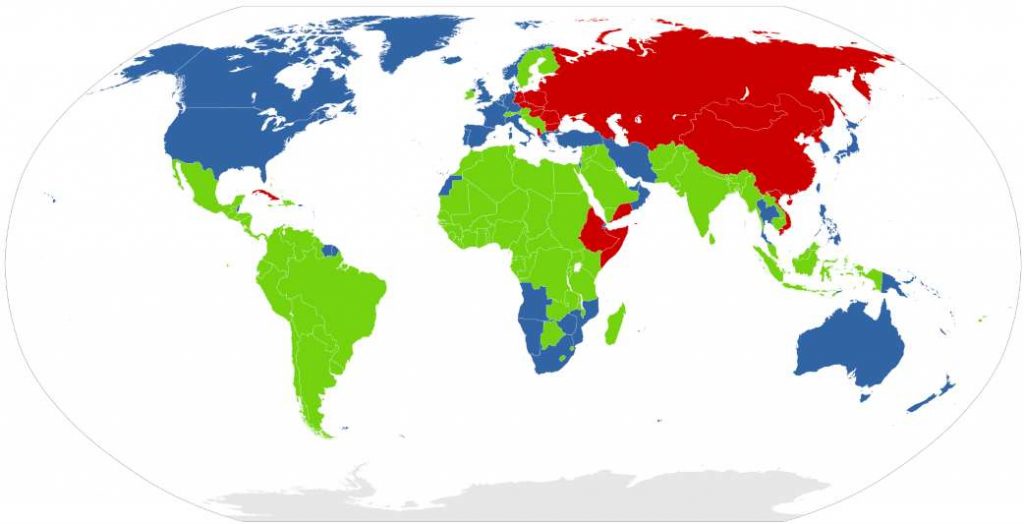
NATO treaty 1949
President Truman signing the document implementing the North Atlantic Treaty Organization (NATO) in 1949 at his desk in the Oval Office, Washington, as a number of dignitaries look on: (left to right) Sir Derick Boyer Millar, Chargé d’affaires, United Kingdom; Ambassador Henrik de Kauffmann of Denmark; W. D. Matthews, Charge d’Affaires, Canada Secretary of Defense Louis A. Johnson, Ambassador Wilhelm Munthe de Morgenstierne of Norway; Ambassador Henri Bonnet of France; Ambassador Pedro Teotónio Pereira of Portugal; Secretary of State Dean Acheson Jonkheer O. Reuchlin, Chargé d’affaires, the Netherlands; and Mario Lucielli, Chargé d’affaires, Italy
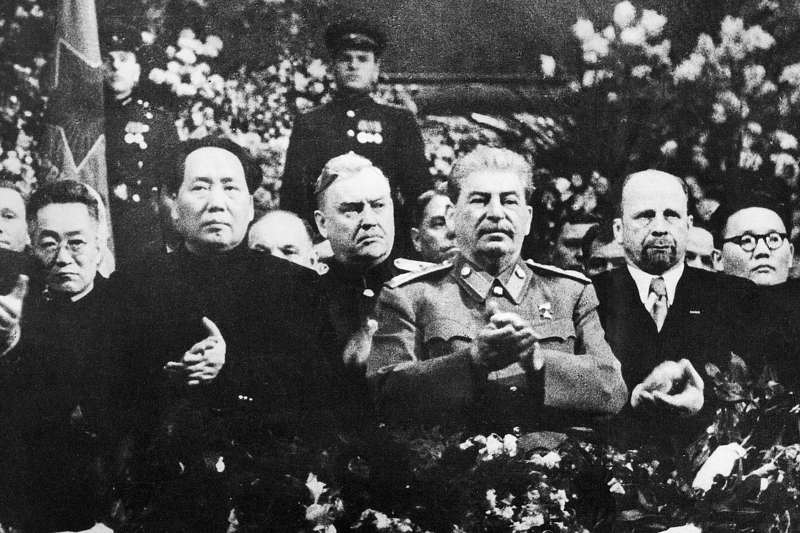
Chinese Civil War - Mao Zedong and Joseph Stalin in Moscow, December 1949
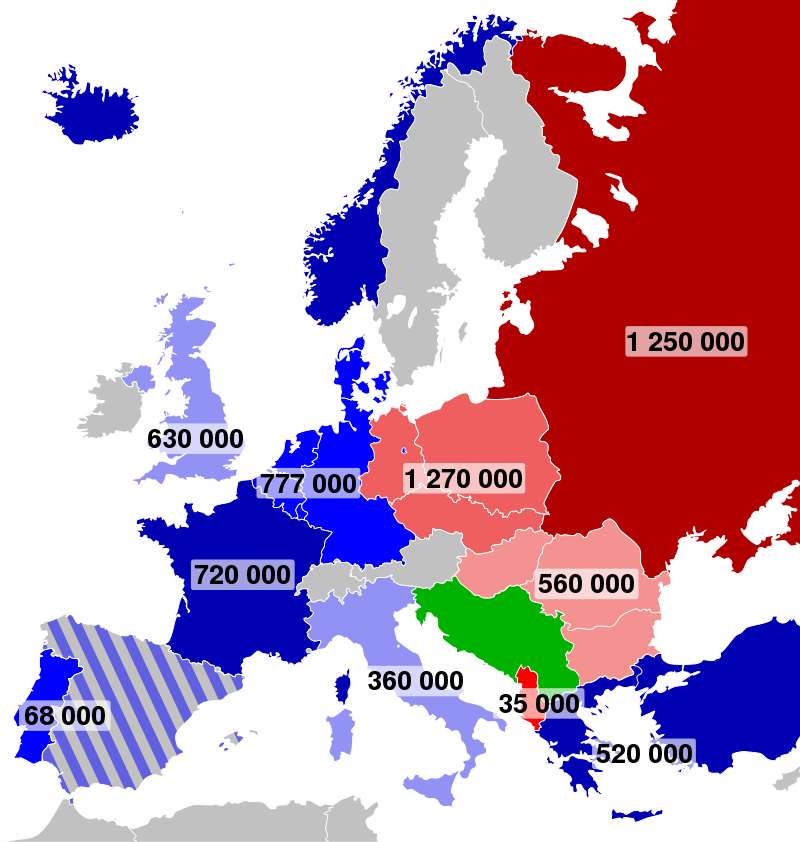
Brigadier General
Brigadier General Courtney Whitney, government section, Far East Command; General Douglas MacArthur, Commander-in-Chief, United Nations Command, and Major General Edward Almond (at right, pointing), Commanding General, X Corps in Korea, observe the shelling of Incheon from the USS Mount McKinley (AGC-7), 15 September 1950
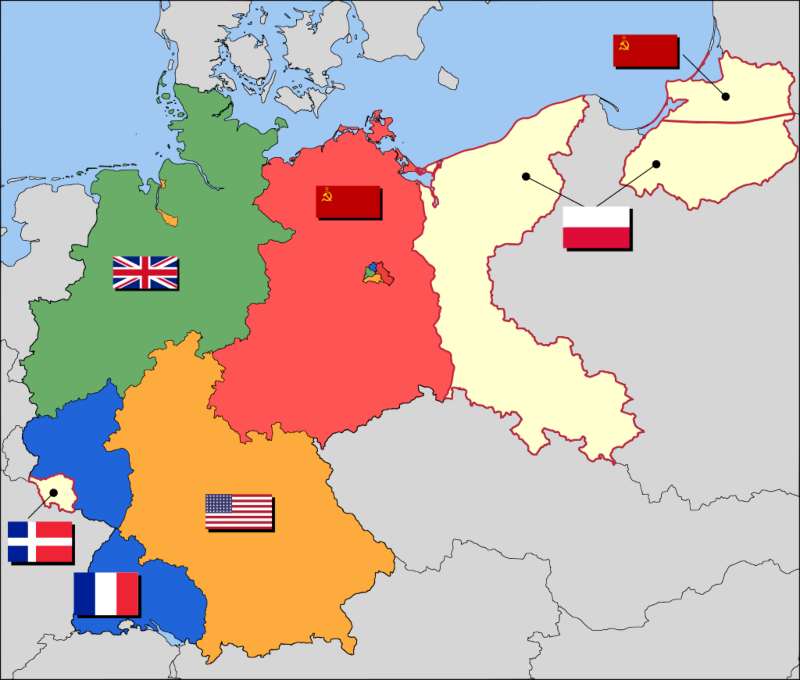
Warsaw Pact 1955 - Soviet leaders sit at a conference table in Parliament building in Warsaw, Poland

NATO and Warsaw Pact troop strengths in Europe in 1959
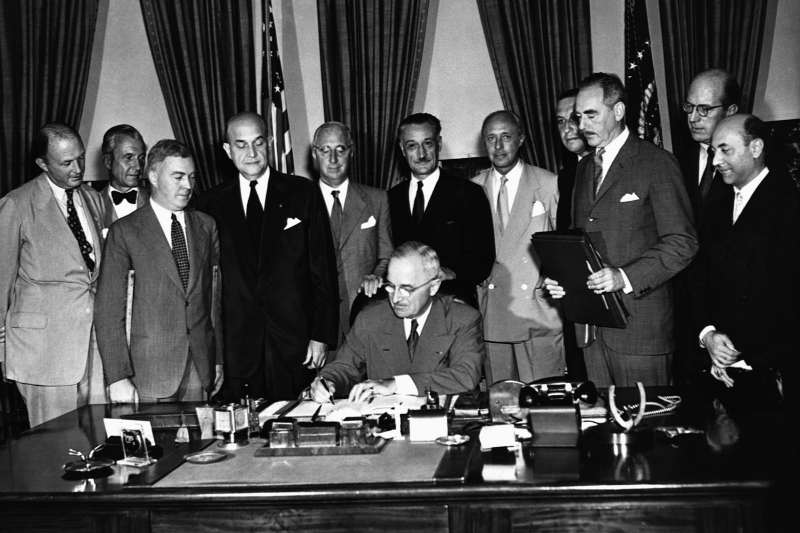
Soviet and American tanks face each other at Checkpoint Charlie during the Berlin Crisis of 1961
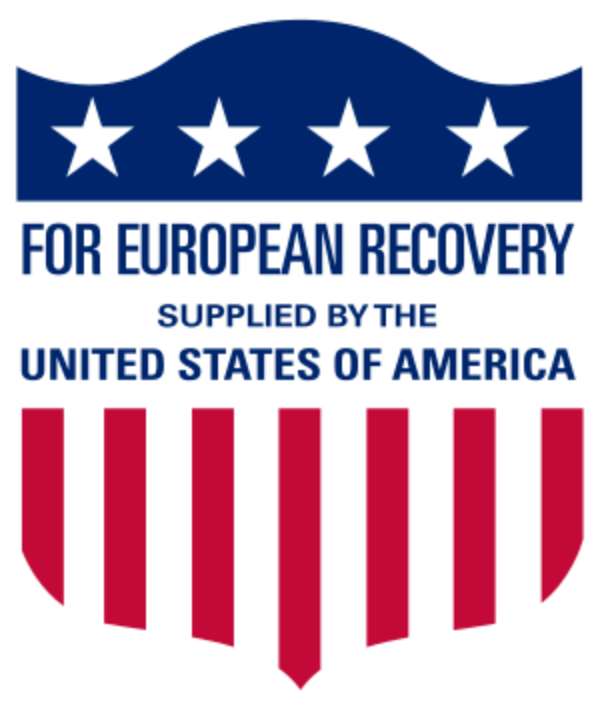
Aerial photograph of a Soviet missile site in Cuba, taken by a US spy aircraft, 1 November 1962
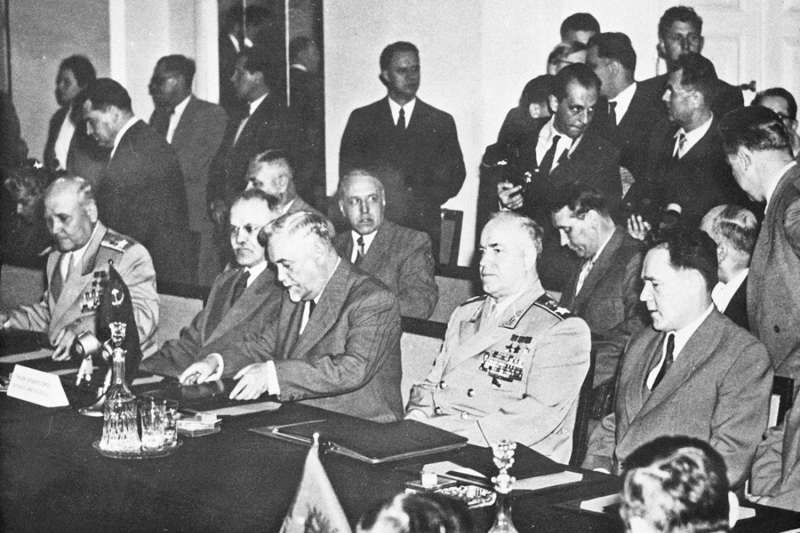
A simplified map of the Cold War alliances between May and August of 1975 - The Russian and Chinese blocs are grouped together as one for illustrative purposes, but note that historically they were not allied during the time represented. The green region does not represent an alliance, but rather encompasses all countries that were not aligned with the Soviet Union, the USA, or China.

The Fall of the Berlin Wall, 1989
World war I and II destruction photos
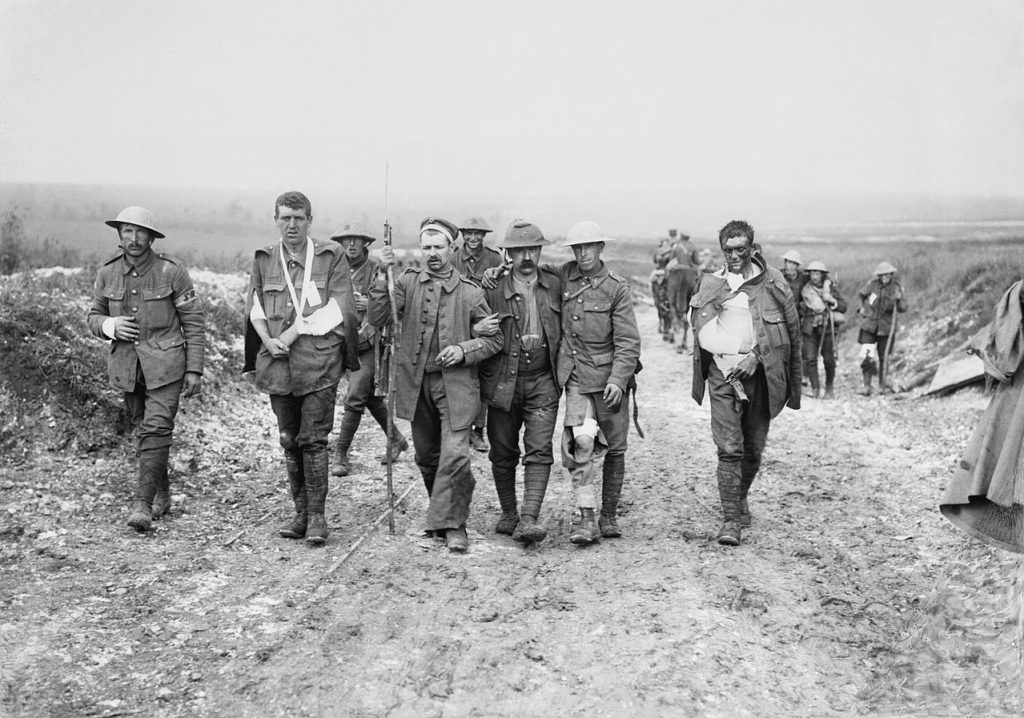
"Five British and German walking wounded, injured in their arms and legs, on the way to a dressing station near Bernafay Wood." 19 July 1916
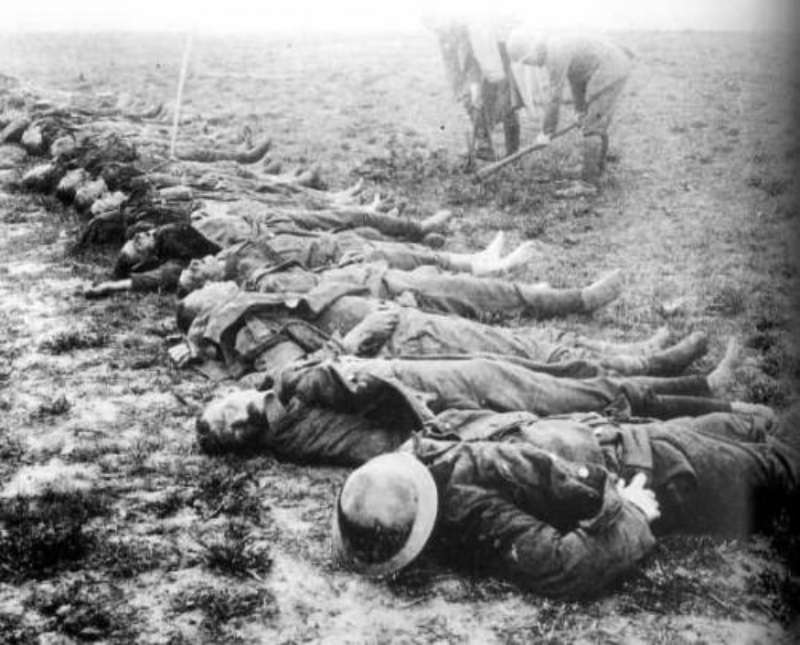
British soldiers awaiting their burial by German soldiers, World War I
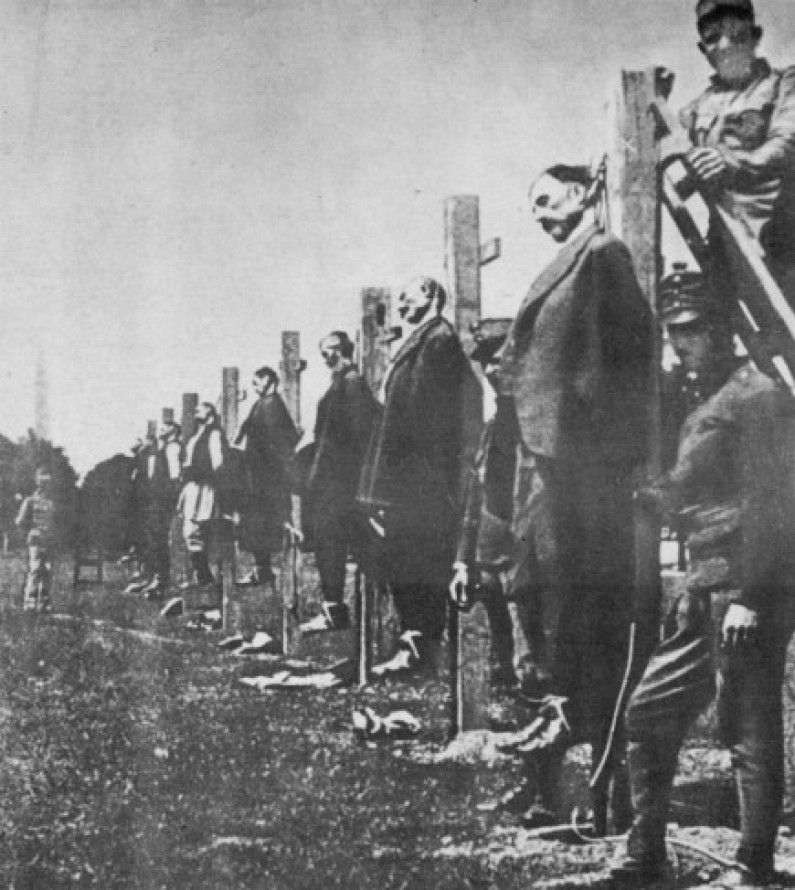
Public execution of alleged Serbian guerrillas by Austro-Hungarian troops, 1916
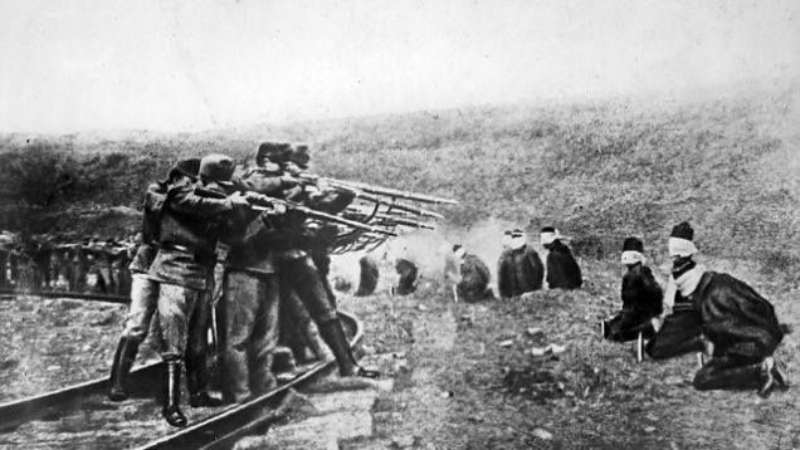
Austrians executing Serbs 1917
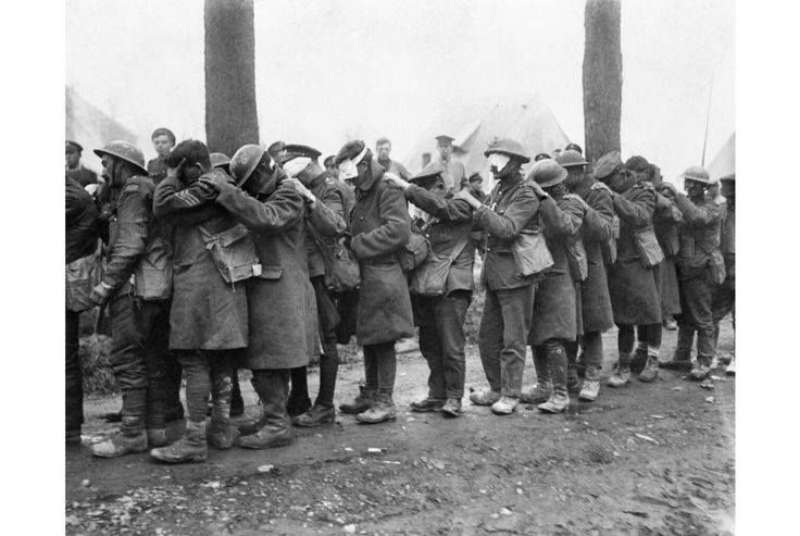
British troops blinded by tear gas during the Battle of Estaires, 1918, World War I

Soviet POWs held by the Nazis in Mauthausen concentration camp at least 3.3 million Soviet POWs died in German custody, World War II
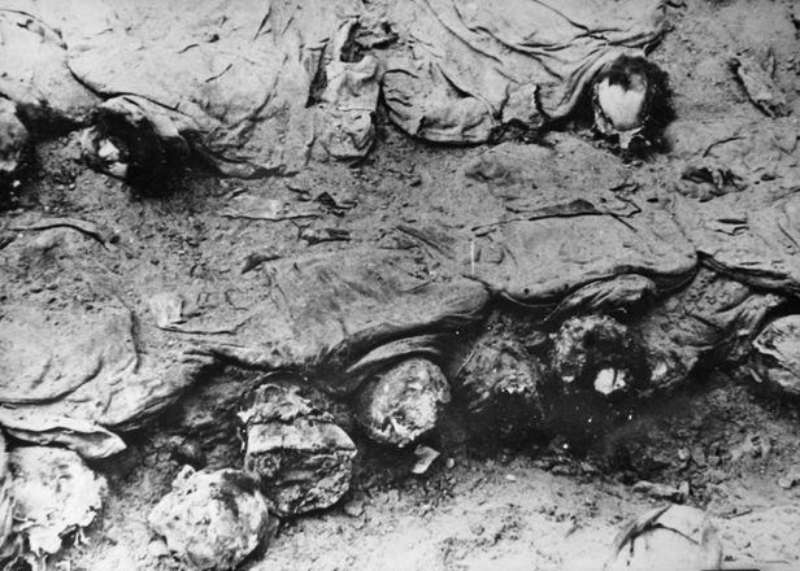
Polish military officers executed by the Soviet NKVD in the Katyn massacre, exhumation photo taken by the Polish Red Cross delegation in 1943
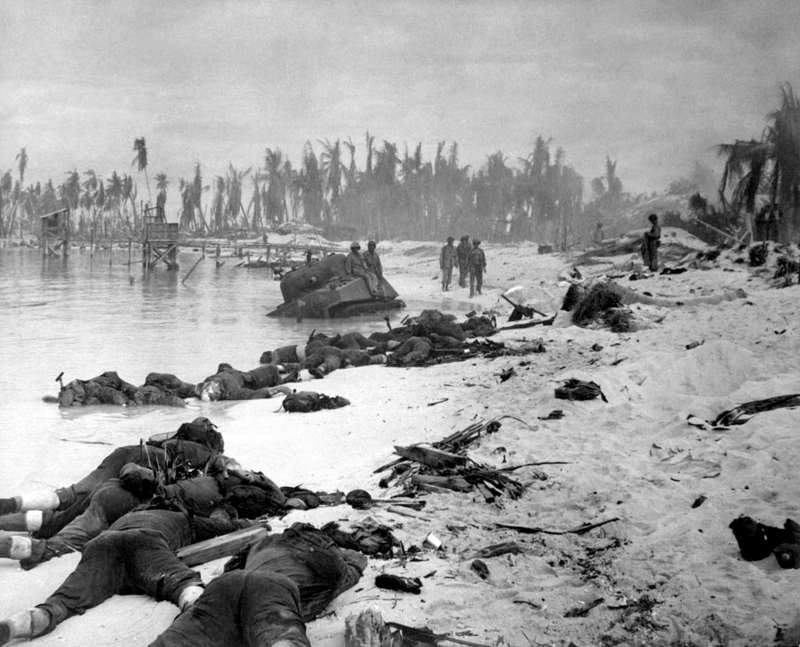
"Sprawled bodies of U.S. Marines on the beach of Tarawa, testifying to the ferocity of the struggle for this stretch of sand. November 1943."
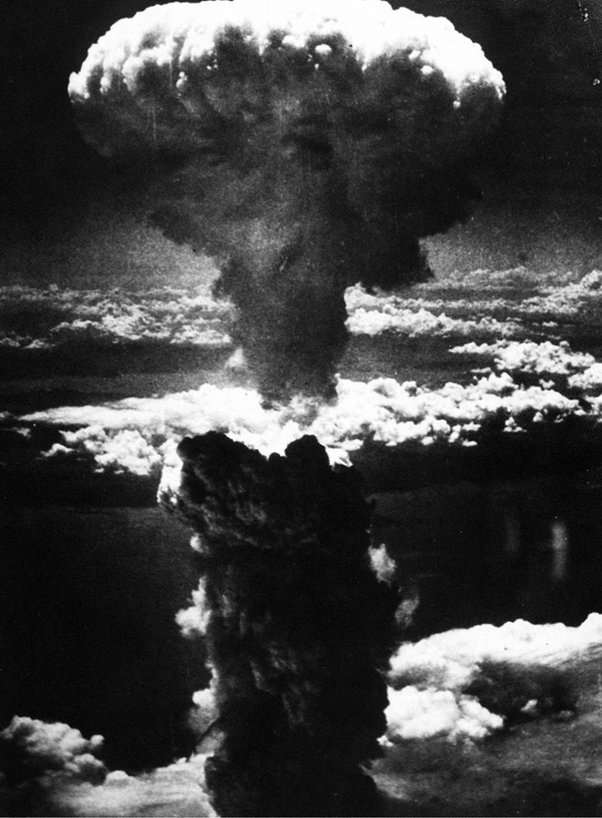
Atomic bombing by USA in HIroshima, Japan on August 6, 1945 - Around 70,000 –80,000 died immediately following the blast, many more people died in the years following as a result of complications related to radiation exposure
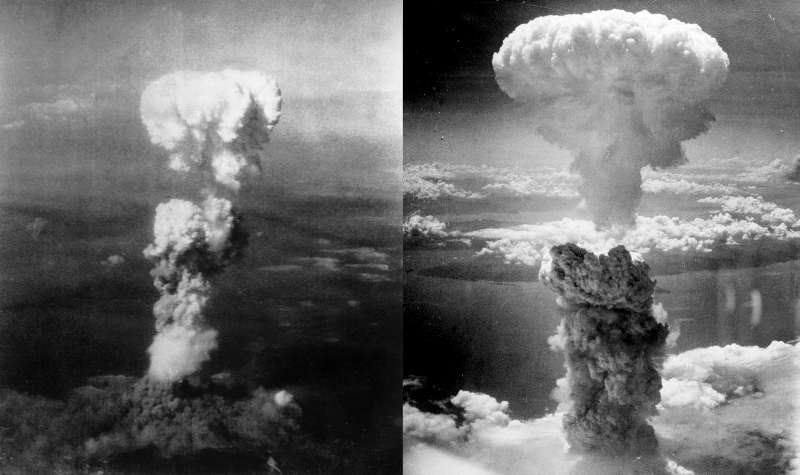
Atomic bomb mushroom clouds over Hiroshima (left) and Nagasaki (right), 1945
Formation of South Asian Association for Regional Cooperation (SAARC)'' in 1985
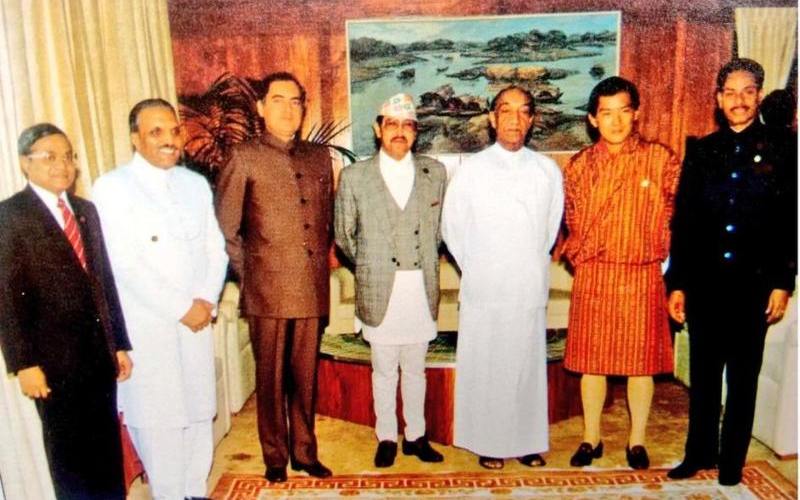
7–8 December 1985: The First SAARC Summit, Dhaka, Bangladesh -
The first SAARC summit was held in Dhaka, Bangladesh on 7–8 December 1985 and was attended by the President of Maldives Maumoon Abdul Gayoom, President of Pakistan Muhammad Zia-ul-Haq, Prime Minister of India Rajiv Gandhi, the King of Nepal Birendra Bir Bikram Shah Dev, President of Sri Lanka Junius Richard Jayewardene, the King of Bhutan Jigme Singye Wangchuk and the President of Bangladesh Hussain Muhammad Ershad (left to right), who also signed the SAARC Charter on 8 December 1985, thereby establishing the regional association.
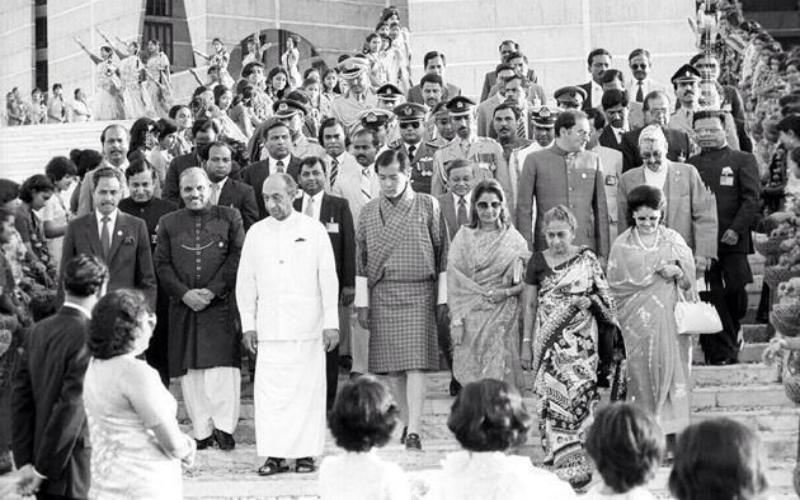
8 December1985 - First SAARC Summit at Dhaka, Bangladesh : All 7 Country Heads at a Civic Reception in Dhaka , Bangladesh
